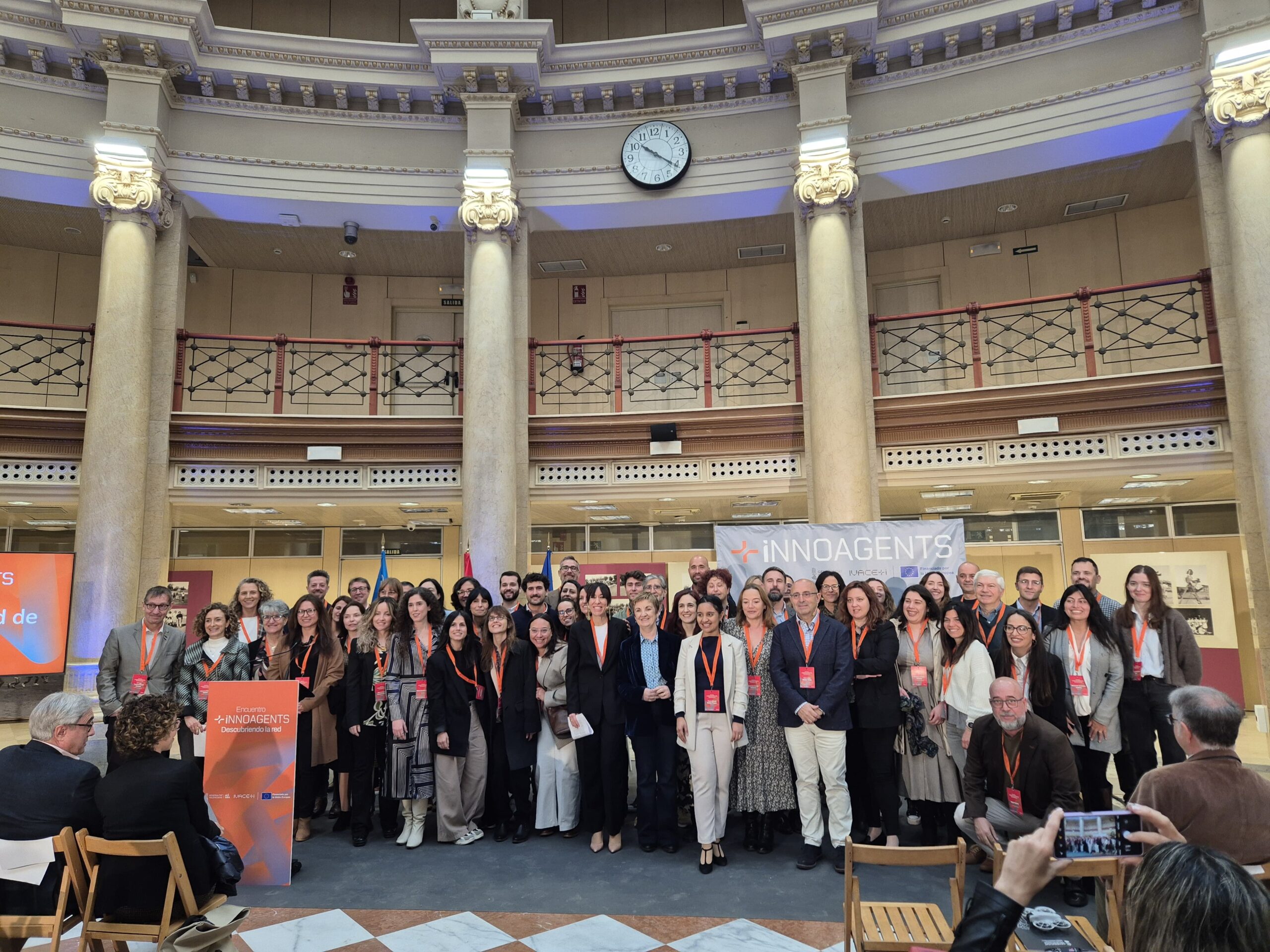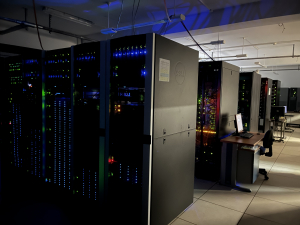València, April 7, 2025 – The first Annual Meeting of the Innoagents Network, held at the Palacio de Comunicaciones in València, brought together nearly 200 innovation specialists to highlight the key role of this technical personnel in connecting the scientific-technological ecosystem with the productive fabric of the Valencian Region.
Throughout the event, the achievements of the Innoagents during 2024 were showcased: a year in which they helped mobilize nearly 960 innovation projects with a total estimated budget of around 195 million euros. These agents, deployed across universities, technology centers, business associations, and research entities, carried out more than 3,500 actions aimed at identifying business needs, initiating collaborative projects, and facilitating effective knowledge transfer.
In this context, the Regional Minister for Innovation, Industry, Trade and Tourism, Marián Cano, announced a new funding line that will allow the incorporation in 2025 of a new figure: the proximity innovation agents. With a budget of 1.2 million euros, this initiative aims to boost innovation in industrial areas and rural zones through a closer and more contextualized approach.
“The creation of this new proximity figure reflects the Regional Government’s commitment to the growth and consolidation of the network,” stated Cano. “We want to leverage the deep knowledge that these entities have of the real needs of the territory to promote R&D&I projects with direct impact on the competitiveness and sustainability of our companies.”
Currently, the Innoagents Network includes 55 specialists distributed across 16 business groups, 2 technology institutes, 5 health research centers, 7 universities, and 3 CSIC centers. Their mission is focused on actively listening to both business and research environments, identifying collaboration opportunities, and supporting project feasibility through technical advice and funding guidance.
The event also featured remarks by Juan José Cortés, Director General for Innovation, who emphasized that the network is not only economically profitable, but also accelerating the transformation of traditional sectors such as textiles, agri-food, and footwear, while promoting new strategic areas such as biotechnology, health, and photonics.
The meeting included roundtable discussions with companies and collaborating entities, which shared successful case studies developed in cooperation with the Innoagents, and discussed their role in driving key tools such as Innovative Public Procurement.
Additionally, a continuous training plan was presented for the agents, including bi-monthly workshops, best-practice exchanges, and joint sessions with companies to strengthen the network and maximize its impact.
This first Annual Meeting marks a new milestone for the Innoagents Network, which aims not only to continue growing but to firmly establish itself as an essential instrument for bridging the gap between science and business, fostering more inclusive, territorial, and strategic innovation.


